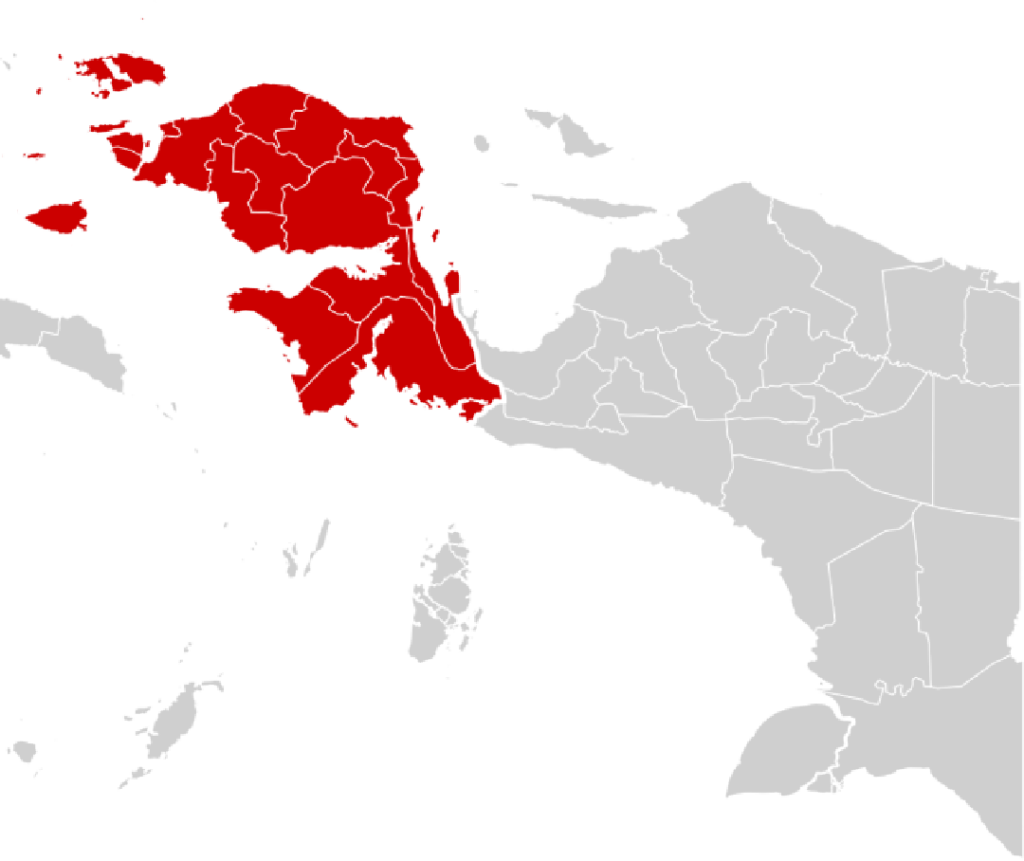CULTURE – The Asmat tribe is one of the tribes with the largest number of people in Papua. The residence of the Asmat tribe stretches from the cold areas of the Jayawijaya Mountains, the forests, to the coastal areas called Arafuru Sea. As one of the largest and oldest tribes, of course the Asmat tribe has an important role in preserving nature in Papua. Moreover, it is said that the Asmat tribe is the incarnation of a god who is responsible for protecting nature. The cultures produced by this tribe vary from songs and dances. One of the advantages that many people from outside have noticed is how the Asmat tribe has beautiful carvings and sculptures. Apart from that, when connected to nature, the Asmat tribe has customary laws that the entire community must obey. So that natural damage can be minimized.
Customary law is a cultural product of an ethnic group. Each ethnic group has different customary laws that bind them. The Asmat tribe has two terms for the customary law they apply and called “Karu and Teser.” These two levels of customary law have binding characteristics. What makes the difference is the consequences that arise if a member of the Asmat community violates it. Karu is the level of customary law that can still be pardoned. The forgiveness process is carried out by performing a sin cleansing ritual. Meanwhile, Teser is a level of customary law that cannot be pardoned and the consequence is death.
The levels of Karu customary law include violations in the form of entering another area to look for food but not asking permission first, violating prohibitory signs or in the Asmat tribe what is called palang sasi, and prohibitions on eating certain animal meat. The Asmat tribe must obey these three laws as a form of maintaining the balance of natural sustainability.
The level of Karu customary law which functions to maintain the balance of social relations between communities, in fact when a member of the Asmat tribe dies, no one is allowed to work. Apart from that, when looking for food, the man should lead and be at the front. These laws can still be forgiven if they are violated.
The level of Teser customary law includes violations in the form of violating locations that have been prohibited or palang sasi and even then destroying and taking the wood that is there. Because when there is an area or location where it has been installed, that area is considered a sacred area. It cannot be entered at will. Then in social matters, members of the Asmat tribe are not allowed to dismantle heritage in the form of old houses inherited from their ancestors in a state of anger. If all of that is violated, then there is no forgiveness. The result is that members of the Asmat tribe who violate will suddenly experience disaster, illness, or the worst case is death.
The two levels of binding customary law of the Asmat Tribe are able to maintain balance in terms of natural sustainability and social relations. The existence of the Asmat tribe is also maintained even in modern times because traditional laws are still adhered to.


